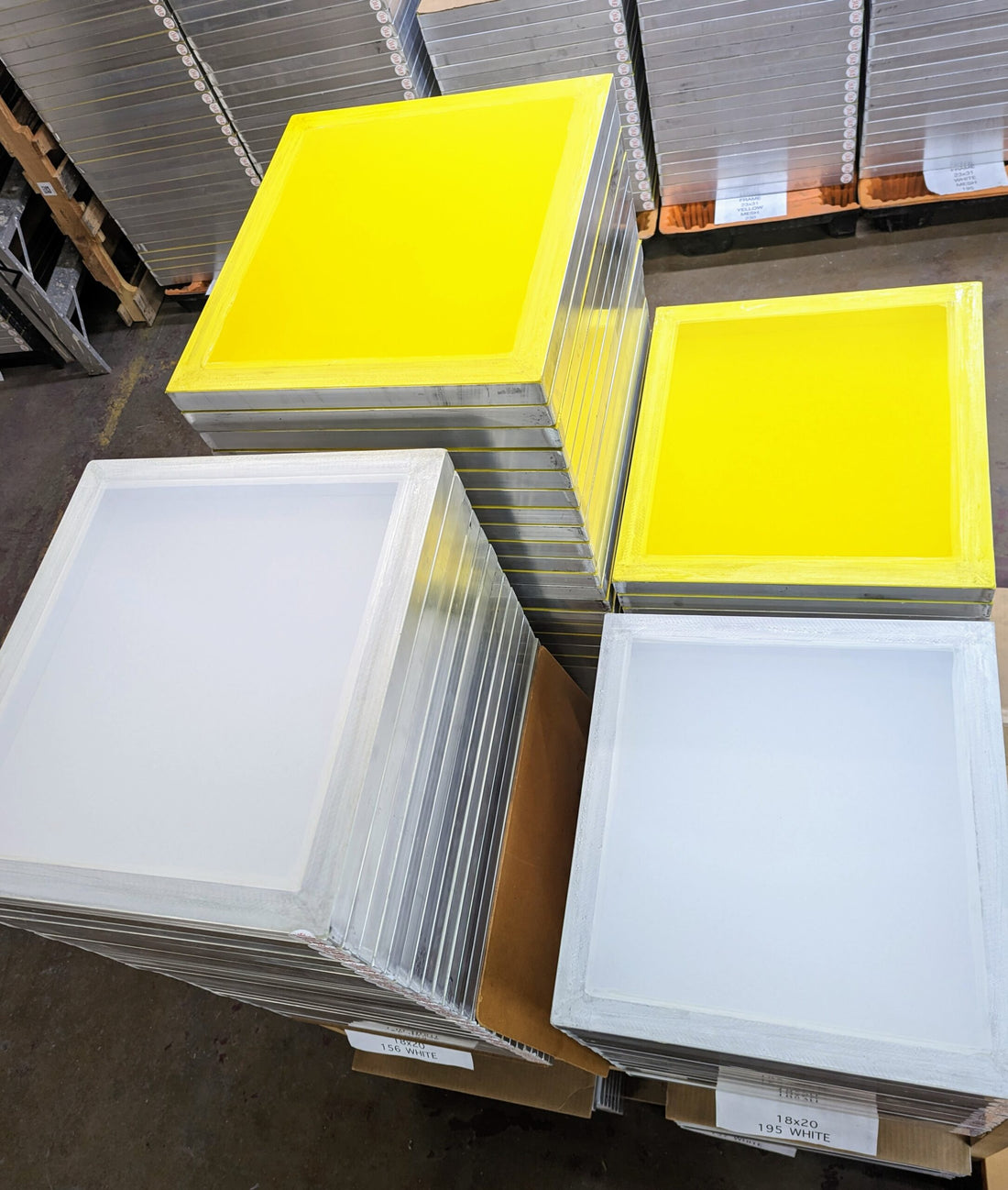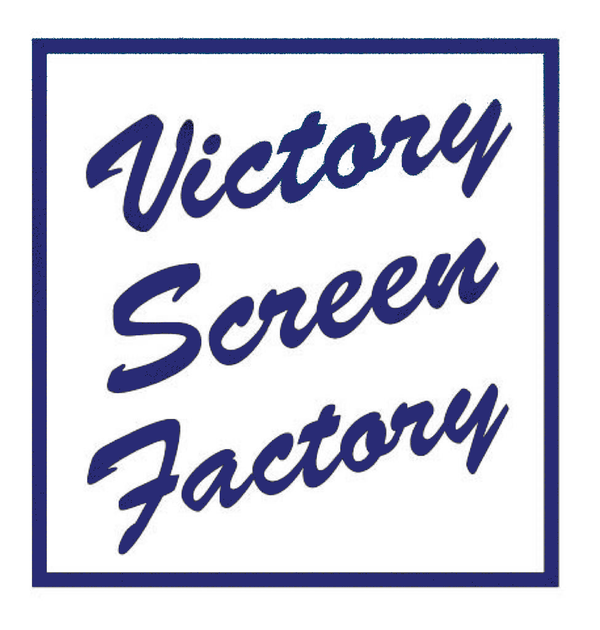
Unveiling the Construction and Suppliers of Screen Printing Screens
Share
Screen printing has long been a popular method for creating vibrant and durable designs on various surfaces. One of the crucial components in the screen printing process is the screen printing frame. In this article, we will delve into the story of screen printing frames, exploring how they are made and identifying reliable sources for purchasing them.
1. Introduction
Screen printing screens serve as the foundation for the entire screen printing process. They are essential for stretching the mesh tightly and securely, allowing for precise and consistent ink transfer. Understanding the construction and manufacturing of screen printing frames is key to achieving high-quality prints.
2. Understanding Screen Printing Frames
2.1 What is screen printing?
Screen printing, also known as silk screening, is a printing technique that involves passing ink through a mesh screen to create a printed image. It is commonly used in the production of t-shirts, posters, banners, and other promotional items. The screen printing frame holds the mesh screen in place, enabling the ink to pass through only in the desired areas.
2.2 Importance of screen printing screens
Screen printing frames play a critical role in ensuring the success of the printing process. They provide stability and support to the mesh screen, preventing it from sagging or shifting during printing. The frame's rigidity and tension contribute to achieving sharp and accurate prints with excellent detail and registration.
3. Construction of Screen Printing Screens
3.1 Frame materials
Screen printing frames are typically constructed using materials such as aluminum, wood, or steel. Aluminum frames are popular due to their lightweight nature, corrosion resistance, and durability. Wood frames, although less common nowadays, offer affordability and flexibility for smaller-scale projects. Steel frames are sturdy and suitable for heavy-duty applications.
3.2 Frame sizes and types
Screen printing frames come in various sizes and types to accommodate different printing needs. The most common frame shape is rectangular, but square frames can also be found. Sizes range from small frames for intricate designs to large frames for oversize prints. Additionally, specialized frames, such as roller frames for continuous printing, are available for specific requirements.
4. Manufacturing Process of Screen Printing Frames
4.1 Mesh selection and attachment
First select the appropriate mesh screen based on the desired printing application. Mesh screens vary in terms of thread count and thickness, offering different levels of detail and ink flow.
4.2 Frame stretching
The manufacturing process of screen printing frames continues with frame stretching. The frame is carefully stretched to achieve optimum tension using specialized tools and techniques. The mesh screen is then attached to the frame using adhesives or mechanical methods, ensuring a secure and taut fit. This ensures that the mesh screen is tightly secured, allowing for precise ink transfer during printing.
5. Common Suppliers of Screen Printing Frames
5.1 Online suppliers
In today's digital age, online suppliers have become a popular choice for purchasing screen printing frames. Websites dedicated to screen printing equipment and supplies offer a wide range of frame options, sizes, and materials. Online platforms also provide convenient access to customer reviews and ratings, aiding in the decision-making process. Victory Screen Factory is a trusted supplier offering large variety of screens, inks, chemicals and more.
5.2 Local suppliers
For those preferring a more hands-on approach, local suppliers can be an excellent option for obtaining screen printing frames. Print shops, art supply stores, and specialty screen printing suppliers often carry a selection of frames for purchase. Local suppliers offer the advantage of personalized guidance and the opportunity to physically examine and compare different frame options.
6. Factors to Consider When Choosing Screen Printing Screens
6.1 Frame durability and stability
When selecting screen printing frames, it is essential to consider their durability and stability. Frames should withstand repeated use without warping or losing tension, ensuring consistent and reliable printing results. Choosing frames made from quality materials and constructed with precision is crucial for long-lasting performance.
6.2 Mesh tension and quality
The tension of the mesh screen attached to the frame is a critical factor in achieving accurate and detailed prints. Screen printing frames with adjustable tensioning systems allow for fine-tuning the mesh tension according to specific printing requirements. Additionally, opting for high-quality mesh screens with proper thread count and thickness enhances print quality and longevity.
6.3 Frame cost and availability
The cost and availability of screen printing frames vary depending on factors such as material, size, and supplier. While budget-friendly options exist, it is important to strike a balance between affordability and quality. Considering the long-term investment and potential impact on print results, opting for reliable and durable frames is often a wise choice.
7. Conclusion
Screen printing frames form the backbone of the screen printing process, ensuring accurate and vibrant prints. Their construction involves careful frame stretching and mesh attachment, utilizing various materials and sizes. Whether purchasing from online suppliers or local stores, selecting frames based on durability, mesh tension, and cost is crucial for achieving successful prints. Read more about screen printing here.
Frequently Asked Questions (FAQs)
Q1: Can I reuse screen printing frames?
Yes, screen printing frames are designed to be reusable. With proper care and maintenance, frames can be used for multiple printing projects, making them a cost-effective choice for screen printers.
Q2: How do I clean screen printing frames?
Cleaning screen printing frames involves removing excess ink and thoroughly rinsing them with water. Mild detergents or screen cleaning solutions can be used to remove stubborn ink or stains. It is important to dry the frames thoroughly before storing them to prevent mold or warping.
Q3: Can I stretch the mesh screen on my own?
While it is possible to stretch the mesh screen on your own, it requires specialized tools and techniques. It is recommended to seek guidance or utilize professional services for optimal results, especially for larger frames or intricate designs.
Q4: Are screen printing frames interchangeable for different mesh sizes?
Yes, screen printing frames can be used with different mesh sizes. However, it is crucial to select the appropriate tension and adjustability to ensure optimal printing results. Using frames specifically designed for different mesh sizes can simplify the printing process.
Q5: Are there any alternatives to traditional screen printing frames?
Yes, there are alternative methods and materials for screen printing frames, such as adhesive or stretchable frames. These options provide flexibility and convenience for specific printing requirements, but their suitability may vary depending on the desired outcome and project scale.
